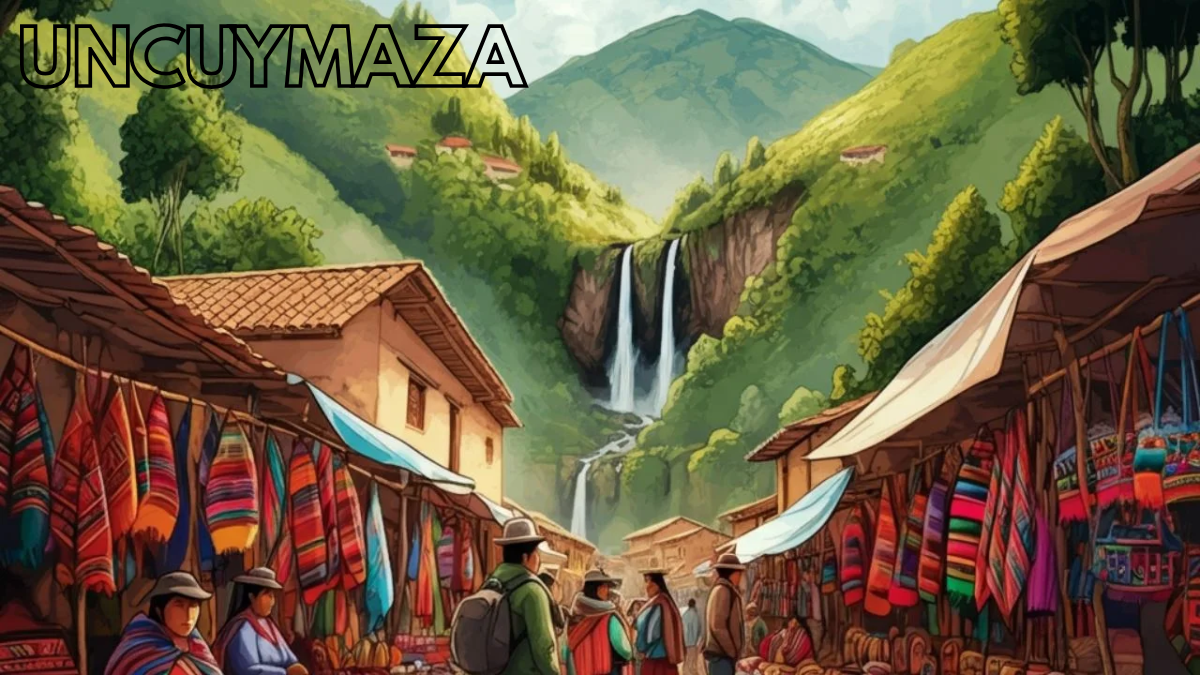One of the oldest native populations in North Africa is the Amazig people, also referred to as Berbers. With thousands of years of history, their rich traditions, distinctive language, and lively culture are still very much alive today. This essay will examine the intriguing history, language, customs, and contemporary influence of the Amazig people.
This guide will offer profound insights into the Amazig legacy, regardless of your interest in history, culture, or indigenous communities.
ALSO READ: Discover Uncuymaza Innovation Meets Culture
Who Are the Amazig People?
Native to North Africa, the Amazig (plural: Imazighen) are mostly found in Morocco, Algeria, Tunisia, Libya, Egypt, Mali, Niger, and Mauritania. The Greek word “barbaros,” which means “foreigner,” is the source of the term “Berber,” which is frequently used to refer to them. However, the Amazig people prefer their own name, which means “free people” or “noble men.”
Historical Background
Ancient cave paintings and archeological sites provide proof that the Amazig civilization existed at least 10,000 BCE. They founded strong kingdoms like Mauretania and Numidia and fought off several invasions, including French, Arab, and Roman ones.
Geographical Distribution
Today, the Amazig people are spread across:
- Morocco (40% of the population)
- Algeria (30% of the population)
- Tunisia, Libya, and Egypt (smaller communities)
- The Tuareg (a nomadic Amazig group in the Sahara)
The Amazig Language and Script
The Amazig language, known as Tamazight, has several dialects, including:
- Tarifit (Northern Morocco)
- Tashelhit (Southern Morocco)
- Kabyle (Algeria)
- Tamasheq (spoken by the Tuareg)
The Tifinagh Script
The Amazig’s people use Tifinagh, an ancient alphabet that has been revived in recent years. It is presently taught in schools throughout Morocco and Algeria, ensuring the language’s survival.
Traditional Amazig Culture
The Amazig’s people showcase their rich cultural heritage through their festivals, music, art, and attire.
Music and Dance
Instruments like the Lutar (string instrument) and Bendir (frame drum) are used in traditional Amazig’s music. During festivities, the Ahidus and Ahwash are well-known group dances.
Clothing and Jewelry
- Men: Often wear a Djellaba (hooded robe) and a Taqiyah (cap).
- Women: Wear colorful Kaftans and elaborate silver jewelry, symbolizing wealth and status.
Festivals and Celebrations
- Yennayer (Amazig New Year) – Celebrated on January 12th.
- Imilchil Marriage Festival – A famous Amazig event where couples marry in a mass ceremony.
Modern Influence of the Amazig People
In recent decades, the Amazig’s identity has seen a revival:
- Official Recognition: Tamazight is now an official language in Morocco and Algeria.
- Media & Arts: Amazig films, music, and literature are gaining international recognition.
- Political Representation: Amazig’s activists advocate for greater cultural rights.
Conclusion
The Amazig people have a rich cultural heritage, a long past, and a promising future. Their customs continue to inspire, from their colorful festivals to their antiquated Tifinagh writing. We recognize one of the oldest surviving cultures in the world by learning about the Amazig.
Through art, music, or language, the Amazig’s legacy continues to stand as a tribute to the resilience and inventiveness of people.
FAQs
Q: What does “Amazig” mean?
A: A term “Amazig” in Tamazight means “free people” or “noble men.”
Q: Are the Amazig and Berber the same?
A: Yes, but “Berber” is an external label, whereas “Amazig” is their preferred term.
Q: Where do most Amazig people live today?
A: The majority live in Morocco and Algeria, with smaller communities across North Africa.
Q: Is the Amazig language still spoken?
A: Yes, Tamazight is spoken by millions and is now taught in schools in some countries.
Q: What are some famous Amazig’s traditions?
A: Festivals like Yennayer and the Imilchil Marriage Festival are key cultural events.



